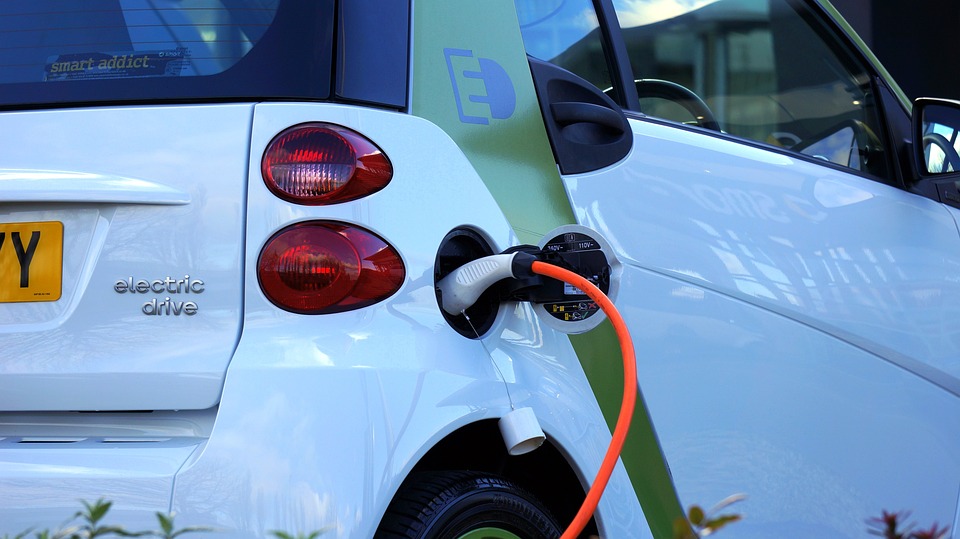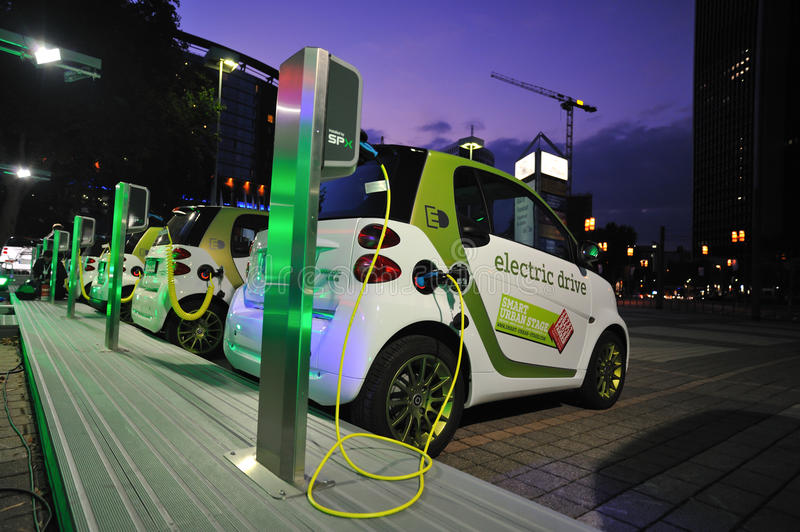Recently, we have seen an increasing interest of people in electric vehicles. The recent development in fuel cells and electric vehicles has brought a revolution. In this article, we will discuss Green Hydrogen in Electric Vehicle ecosystem.
Recently, there have been developments in fuel-cell electric vehicles in the car segment as well as in the heavy-duty commercial vehicle segment.
Green Hydrogen in Electric Vehicle Fuel Cell
Hydrogen fuel cell vehicles have electric motors to run the vehicle like a normal electric vehicle. Unlike battery electric vehicles, it uses hydrogen from the fuel tank which combines with the oxygen from the air to generate electricity. In battery electric vehicles, the fuel cell generates electricity on board.
This type of vehicle is gaining a lot of popularity. The drivers can just flip up the fuel tank with hydrogen just like any other petrol-powered vehicle. They do not need long waiting times to charge the batteries. The only demerit that it has is it is expensive. Hydrogen is a flammable gas so its storage and transportation are a bit challenging and requires a lot of care.

Supply Chain of Hydrogen Fuel Cells
There has been an increase in demand for hydrogen fuel cells in recent times. A lot of players have entered this segment seeing the potential and growth. A lot of care needs to be taken while delivering hydrogen fuel cells. They are highly flammable in nature and can catch fire if mishandled.
Special care needs to be given to the cylinders. They must not be exposed to very high or very low temperatures. They must be seal packed very carefully. Mixing with the air, they can become useless. A lot of existing and new players have entered this segment. They have seen the potential and growth opportunities. Lots of people are adopting these vehicles which makes it a very profitable business.
Different Types of Hydrogen
Basically there are different types of hydrogen that can be classified on the basis of colors.
- Brown or Black Hydrogen– This type of hydrogen is produced by coal or lignite gasification.
- Grey Hydrogen– Grey hydrogen is produced by the steam methane reformation method which is also known as SMR.
- Blue Hydrogen– Blue hydrogen is produced by coal gasification or by natural gas. They are treated along with carbon capture storage.
- Green Hydrogen– Green hydrogen is produced by the process of electrolysis of water. The process of electrolysis is done from a renewable energy source which can be solar or wind.
All these processes that are mentioned above are done using electric current. The electric current is used to split the water molecules into hydrogen and oxygen.
Leading Manufacturers of Hydrogen Fuel Cells
- Adani New Industries and Total Energies.
- Reliance New Energy Limited.
- L&T.
- Indian Oil.
- NTPCL.
Developments in Hydrogen Fuel Cell Sector
- The Council of Scientific and Industrial Research has developed the first fuel cell bus. This fuel bus is super than any other vehicle in India.
- MG Motor showcased a 7-seater fuel cell electric vehicle which is powered by hydrogen at the auto expo in the year 2023.
- Toyota has started a collaboration to evaluate the visibility of fuel cell vehicles in India.
- Toyota supplied hydrogen fuel cell modules to Ashok Leyland to build fuel cell commercial vehicles.
- Ashok Leyland is planning to collaborate with Reliance Industries to install an existing fleet of trucks with hydrogen fuel cells.
- Hyundai conducted a feasibility study using Nexo Fuel Cell Electric Vehicle in India. They presented their model at the 2023 auto expo.
- Tata Motors showcased its first fuel-cell electric vehicle bus at the 2023 auto expo.
Our Plans
The demand for Green Hydrogen in Electric Vehicle is increasing rapidly. Our country has also set a target for hydrogen production. Right now, we are running behind our target but in the coming 10 years, we will reach our target. According to industry experts, we can achieve a green hydrogen production target of 5 million metric tons by the end of the year 2030.

Future of Hydrogen Fuel Cells Vehicle
India’s green hydrogen policy will increase and attract a number of investments in this sector. This will shift the energy sources from non-renewable to Green hydrogen. The most important step is the localization of components and meeting decarbonization targets. Localization will bring down the cost. Support from the government and investors will increase the manufacturing and production capacity. Looking at consumption in the future, companies like Reliance Industries, Indian Oil, and NTPC have started working together to scale up production.

